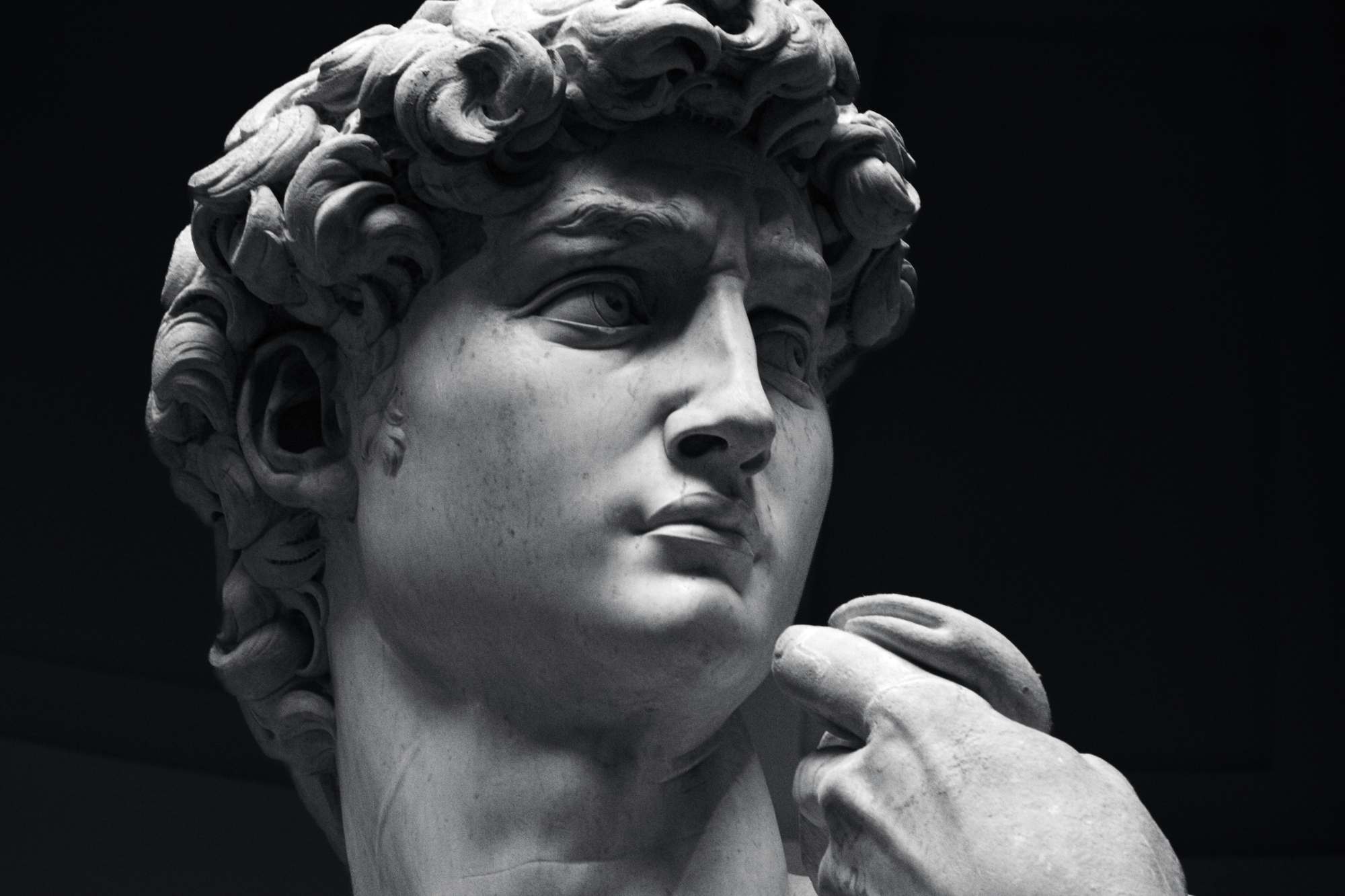The Power of Art to Transform
When we think of powerful forces that shape a city’s identity, economy, and spirit, art might not be the first thing that comes to mind. Yet history shows us again and again that public art can be a catalyst for transformation both for the people who create it and for those who live among it.
A striking early example is Michelangelo’s David, and its story carries lessons that ripple into the way cities embrace public art today.
Florence and the Power of David
In the early 1500s, Florence was a city of immense beauty, wealth, and political turbulence. Amidst the backdrop of shifting governments and social unrest, Michelangelo sculpted David an extraordinary symbol of human strength, defiance, and divine favor. Originally intended for a cathedral, the statue was ultimately placed in the Piazza della Signoria, right outside the government’s seat of power.
This was no accident. David wasn’t just a marvel of technical skill; he was a civic icon, embodying the resilience of Florence against more powerful enemies. By making this breathtaking piece of art accessible to every citizen, Florence declared itself not just a city of wealth, but a city of ideas, independence, and culture.
Although it’s hard to say that one statue alone rejuvenated Florence’s economy, the David became part of a cultural wave that reinforced Florence’s global reputation. Artists, thinkers, and merchants were drawn to the city. Investments in the arts fueled the local economy, and civic pride soared.
The placement of David reminds us that public art isn’t just about aesthetics it’s about meaning, identity, and transformation.
The Modern Echo: Public Art as Catalyst
Fast-forward to today, and we see that public art continues to play a critical role in shaping modern cities. Here’s how:
1. Art Shapes Identity
Just as David symbolized Florence’s spirit, contemporary cities often rally around iconic artworks:
-
The Bean (Cloud Gate) in Chicago reflects not only the skyline but the city’s forward-looking energy.
-
Philadelphia’s LOVE sculpture captures the city’s spirit of community and affection.
-
Murals in Berlin continue to tell stories of unity, struggle, and freedom decades after the fall of the Wall.
These pieces don’t just beautify they anchor a city’s emotional landscape, becoming recognizable symbols that residents and visitors alike connect with deeply.
2. Art Drives Economic Growth
Florence’s Renaissance teaches us that culture and commerce are closely linked. Today, public art:
-
Attracts tourists and boosts local business.
-
Increases property values and brings new life to neglected neighborhoods.
-
Creates jobs for artists, fabricators, project managers, and more.
A powerful example is Wynwood, Miami, where vibrant street art turned a forgotten industrial area into a thriving arts district that now generates millions in economic activity.
3. Art Builds Community and Belonging
Placing David in a public square made it clear: art belongs to everyone, not just the elites. Today, community-driven public art continues that tradition:
-
In Los Angeles, murals reflect the voices of Latinx communities, preserving heritage and sparking pride.
-
Interactive installations invite everyday people to become part of the artistic process.
When communities see themselves reflected in their public spaces, it fosters a sense of belonging, healing, and ownership.
4. Art Heals and Reimagines
Cities facing hardship often turn to public art for renewal:
-
After the economic crash, Detroit turned to muralists and artists to reimagine abandoned spaces.
-
In post-Katrina New Orleans, art installations helped residents mourn, celebrate, and envision a new future.
Art provides a language when words are not enough a way to process trauma and imagine possibility.
Why Art Matters
Public art works because it touches multiple layers at once:
-
Emotional: It makes people feel seen and proud.
-
Visual: It transforms physical spaces into places of wonder.
-
Economic: It revitalizes neighborhoods and draws investment.
-
Political: It voices the spirit or struggle of a community.
-
Social: It strengthens the ties that bind neighbors into a community.
In every case, art’s influence extends far beyond the artist. It becomes woven into the life of a place, changing not just how it looks, but how it lives.
Final Thoughts
From the marble brilliance of Michelangelo’s David to the vibrant street murals of today’s cities, public art continues to be one of the most powerful forces of transformation we have. It reminds us that beauty is not a luxury, but a foundation of civic life—a mirror of who we are, and a window into who we might become.
When we invest in public art, we are investing in hope, identity, and future possibility not just for artists, but for entire communities.
-


